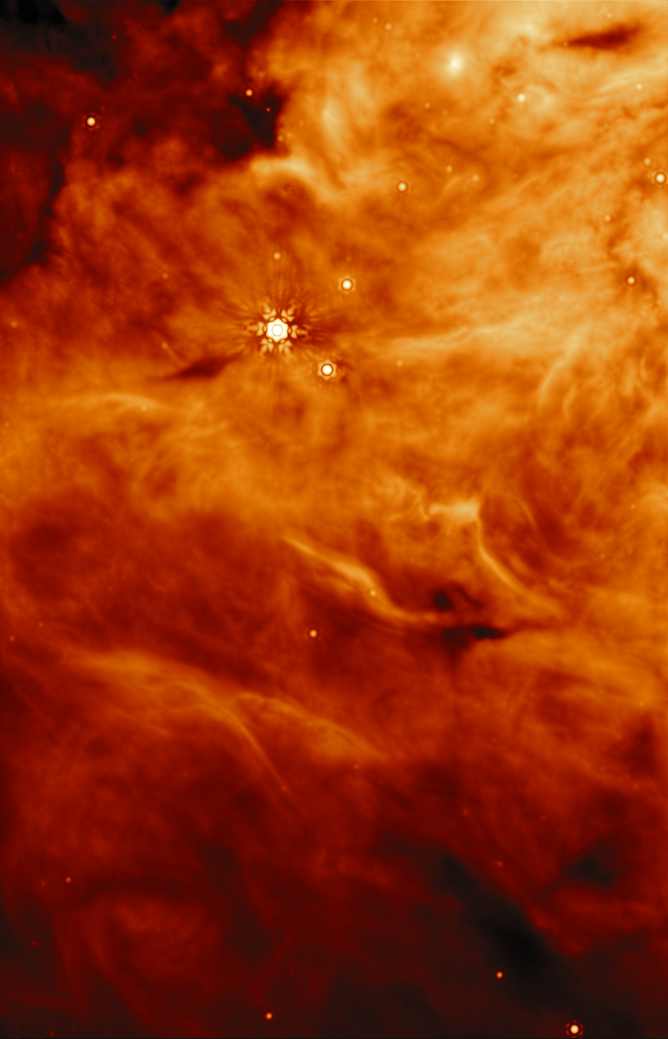Webb discovers icy compounds around two baby stars

Astronomers using the James Webb Space Telescope (JWST) have discovered a variety of icy compounds made up of complex organic molecules (COMs) like ethanol (alcohol) and likely acetic acid (an ingredient in vinegar) around two young protesters where planets have not yet formed.
The two baby stars, named IRAS 2A and IRAS 23385, were investigated using Webb's MIRI (Mid-Infrared Instrument) and the molecules identified are key ingredients for making potentially habitable worlds.
"This finding contributes to one of the long-standing questions in astrochemistry. What is the origin of complex organic molecules, or COMs, in space? Are they made in the gas phase or in ices? The detection of COMs in ices suggests that solid-phase chemical reactions on the surfaces of cold dust grains can build complex kinds of molecules," said team leader Will Rocha of Leiden University in the Netherlands.
COMs found in ices are of particular interest to astronomers because they provide hope for an improved understanding of the origins of other, even larger molecules in space. In cold ices, these molecules are thought to be easier to transport from molecular clouds to planet-forming disks compared to warm, gaseous molecules. They can therefore be incorporated into comets and asteroids, which in turn may collide with forming planets, delivering the key ingredients for life to possibly flourish.
Apart from COMs, the team also identified simpler molecules, including formic acid, methane, formaldehyde, and sulfur dioxide, with studies suggesting that sulfur-containing compounds like sulfur dioxide played a key role in driving metabolic reactions on the primitive Earth.
How were ingredients for life delivered to Earth?New Webb data shows icy, carbon-containing molecules around 2 baby stars that have yet to form planets. These findings tell us about how such molecules may get transported to potentially habitable worlds: https://t.co/y6J4MzTx6R pic.twitter.com/5BDzR4Lk3M
— NASA Webb Telescope (@NASAWebb) March 13, 2024
Astronomers believe that IRAS 2A, characterized as a low-mass protostar, may be similar to the early stages of our own solar system. As such, the chemicals identified around this young star were likely present in the initial stages of development of our solar system and later delivered to the primitive Earth.
- READ MORE ON:
- James Webb Space Telescope
- complex organic molecules
- protostars










